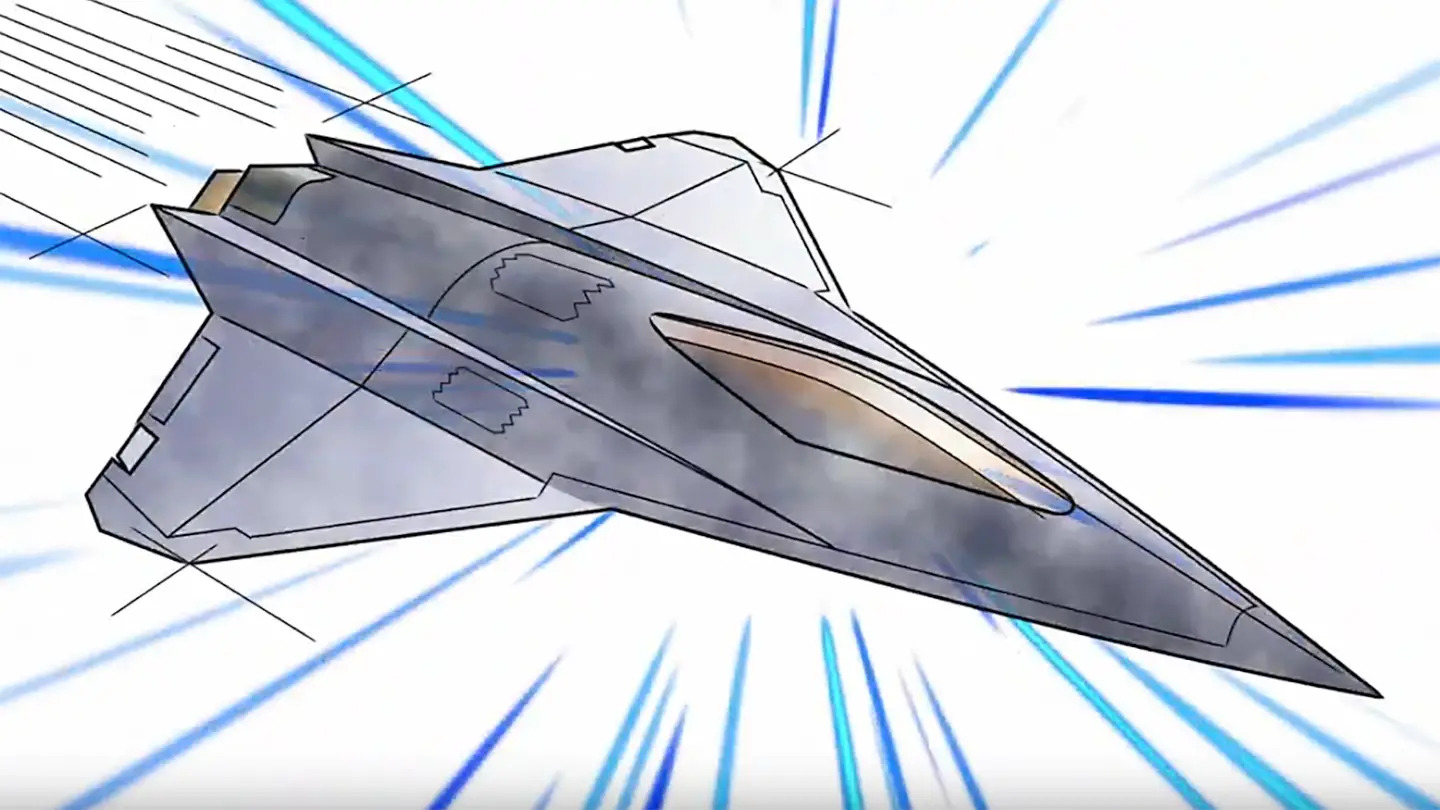A Russian scientist has said that a sixth-generation aircraft – that Moscow is contemplating building – will not be completely autonomous and will be manned but will have more automation for routine flight and combat functions using “neural networks.”
Designed To Beat China’s JF-17, Korean FA-50 & Even India’s Tejas, Meet USAF’s Trainer Jet, Red Hawk
This is despite the fact that its 5th-gen Su-57 fighter is not fully prepared for the warzone and has seen little to no action in the Ukraine War. Many experts have called it at least a decade behind US F-35 jets and even far behind China’s J-20.
The first contours of the concept of a sixth-generation aircraft have finally emerged from Russia. Will such a jet be manned or unmanned is a question that is doing the rounds.
This debate has emerged because of the complexity and diversity of various combat situations where adopting the right tactical decisions through contextual awareness will need sentient “intelligence.” Thus, a human cannot be excluded from military decision-making in a shooting war.
This was stated by Evgeny Aleksandrovich Fedosov, scientific director of GosNIIAS and assistant of the Academician-Secretary of the Russian Academy of Science.
Fedosov is the Assistant of the Academician-Secretary of the Department of Power, engineering, mechanics and Control Procedures at the Russian Academy of Science, the chairman of Engineering and Control Procedures, and the editor of the journal “Proceedings of the Russian Academy of Science. The theory and control system,” and the chairman of the Joint Scientific Council on a complex problem, “Processes of Control and Automation,” of the Russian Academy of Science.
The statement also settles a long-running debate in Russia about next-generation military combat aviation, when the government has pushed homegrown Artificial Intelligence (AI) and quantum technologies over the last two years.
Interestingly, neural network science is already on its way to being incorporated into Russian kamikaze drones. EurAsian Times had reported how the NAKA technology, developed by private drone developer Hardberry-RusFactor, has been designed to spot and differentiate between European and US systems like the Leopard main battle tank (MBT) and the Bradley infantry fighting vehicle (IFV).
‘Future Fighters Will Be Manned’
TASS quoted Fedosov saying that ‘manned aviation will remain forever because no one has yet surpassed the human brain…Our brain has great resources that manifest themselves in a critical situation – and the more complex the combat operation, the more important the intelligence. Therefore, we are trying not to replace a living pilot with a machine and create all the conditions for performing complex combat missions. I am convinced that it is impossible to exclude a person from a combat operation.”

He added that neural networks can perform “billions of operations per second.” However, it will “not be able to make a decision…when intuition is needed (or when the situation is) hopeless.” “Airplanes are becoming more and more intelligent, but this is just automation of the control process,” he added.
Debate Settled in Russia
Russian planners had previously disagreed on whether sixth-generation fighters should be manned or unmanned. TASS reported on the lack of consensus among Russian military and defense industrial officials, where their views did not align.
Late in 2023, Russia’s aerospace scientists, air force planners, and air power theorists were still “debating” about what constituted a sixth-generation aircraft since the global military aviation community was still undecided about the concept. The view in Moscow’s military strategic community was that the idea was more of a marketing gimmick by America’s private defense industry executives.
A EurAsian Times analysis from June 2022 explained that modern Generation 4++ had maxed out all conceivable performance attributes envisaged in the last two decades for future aircraft. This involved kinematic features like speed, range, and maneuverability — present in newer versions of the Eurofighter Typhoon, Dassault Rafale, Su-35S, or the F-15EX — that have left no room for evolution.
It is now radar-evading stealth, supercruise engines, ‘smart’ functions like sensor fusion, data processing, and AI-like automated functions that assist the pilot in decision-making in Gen-5 jets like F-35, J-20 or the Su-57 that can be enhanced further. Sixth-generation fighters, however, are still an “artificial” concept, Russian defense analyst Alexander Yermakov said in a June 2022 paper in the Valdai Discussion Club, one of Russia’s top think tanks.
Deputy General Director of the United Aircraft Corporation (UAC) Sergei Korotkov was quoted by TASS: “Two years ago, a round table was organized on the issues of creating sixth-generation aviation complexes. The military and institutes involved in aircraft construction were invited to the round table; specialists from the Moscow Institute and the United Aircraft Corporation were present. The result was that we disagreed.”
Russian planners are at a “turning point” where that discussion has “not ended in anything.” This might be because Russia has a different perception of the complexity of tasks that a so-called sixth-generation aircraft would be expected to perform.
Future aircraft would need “increased flight performance,” adapting to combat control and engagement systems, “high maneuverability, versatility, optimal piloting, and multi-mode use of the power plant (engine).”
“Integrating these technologies into a single system is a difficult stage in developing a new (sixth-generation) combat aircraft, requiring additional efforts and resources,” Korotkov said. UAC director Yuri Slyusar had previously said that the Su-57 fifth-generation fighter is a “step towards a sixth-generation aircraft,” offering an exciting insight into Russian defense technology thinking.
- The author can be reached at satamp@gmail.com
- Follow EurAsian Times on Google News




